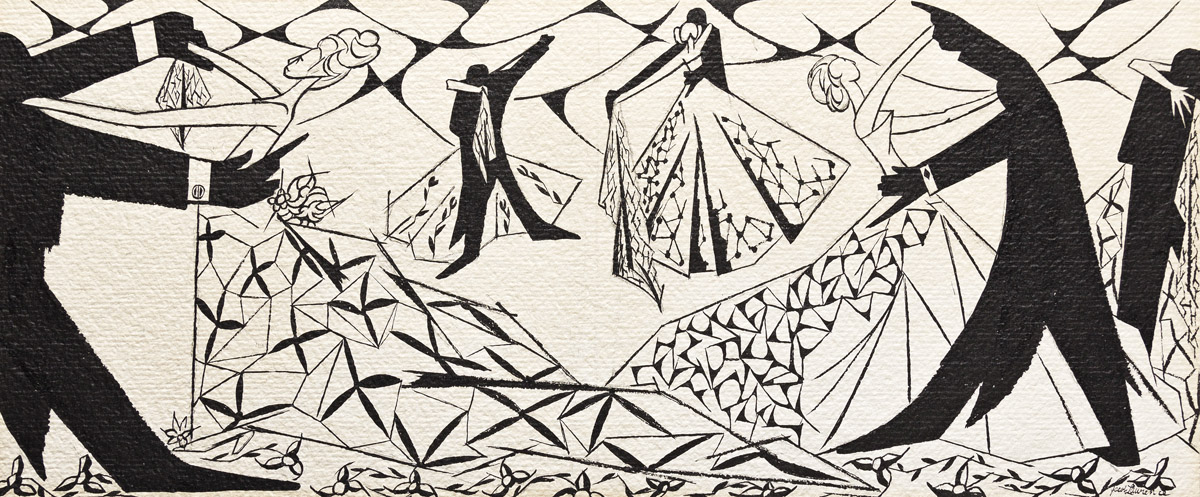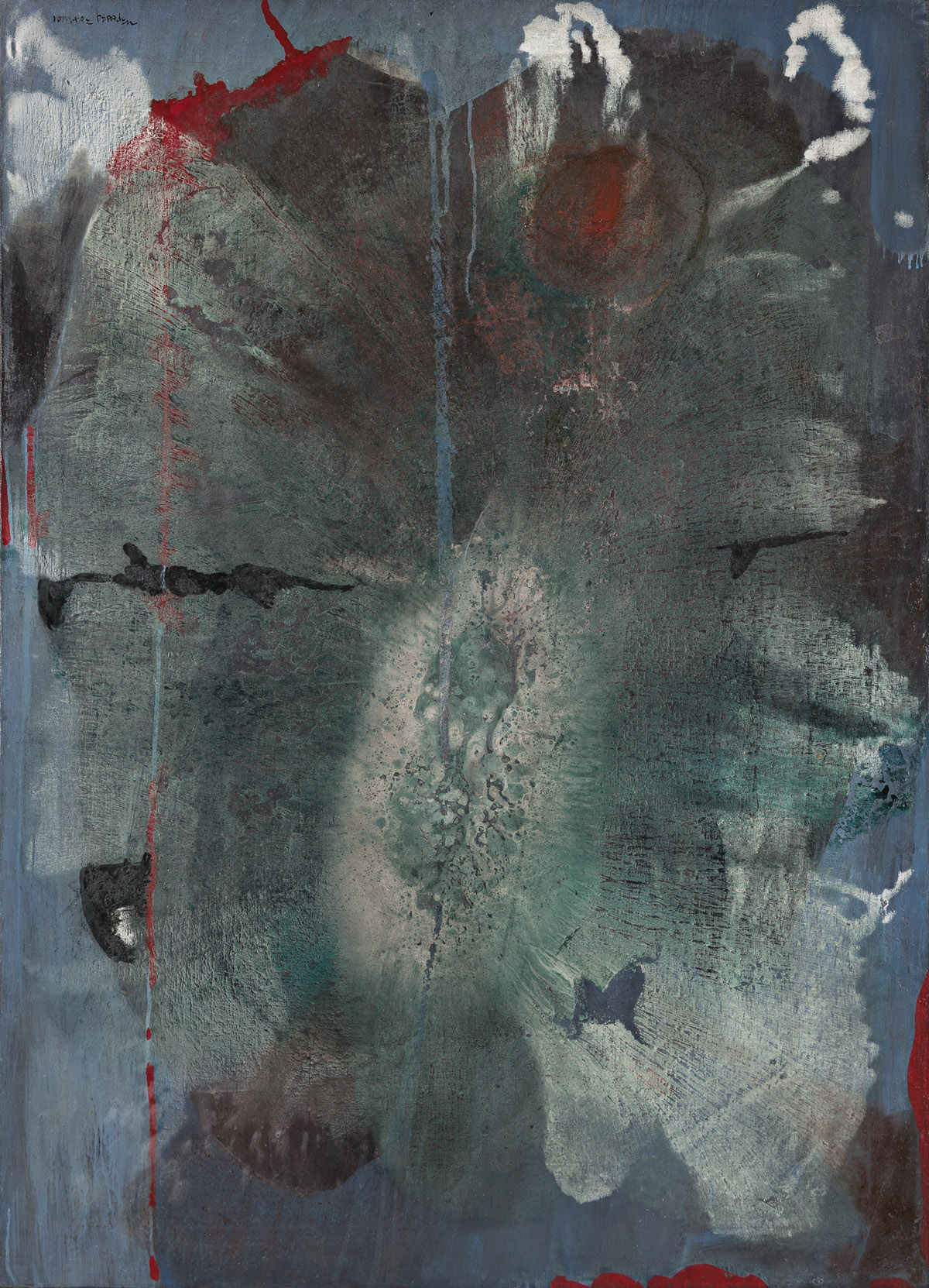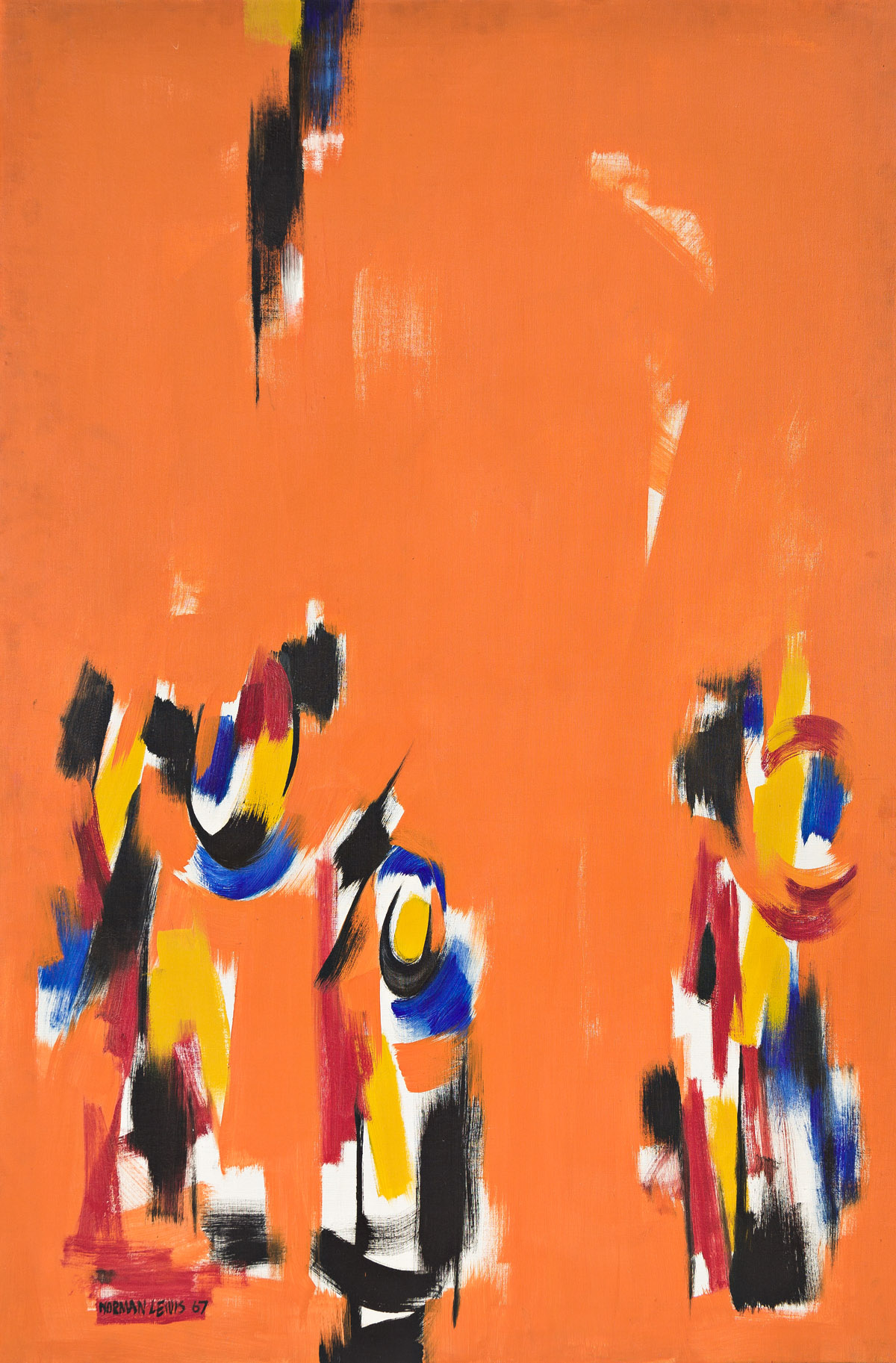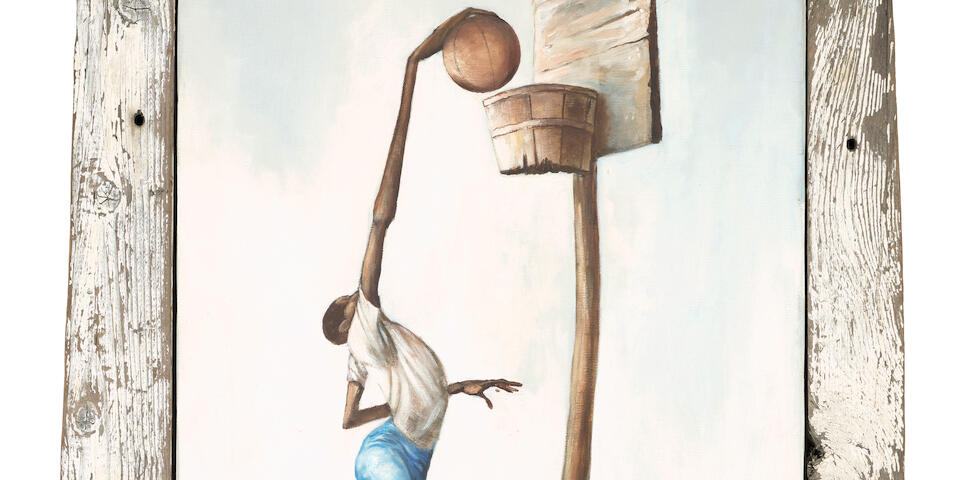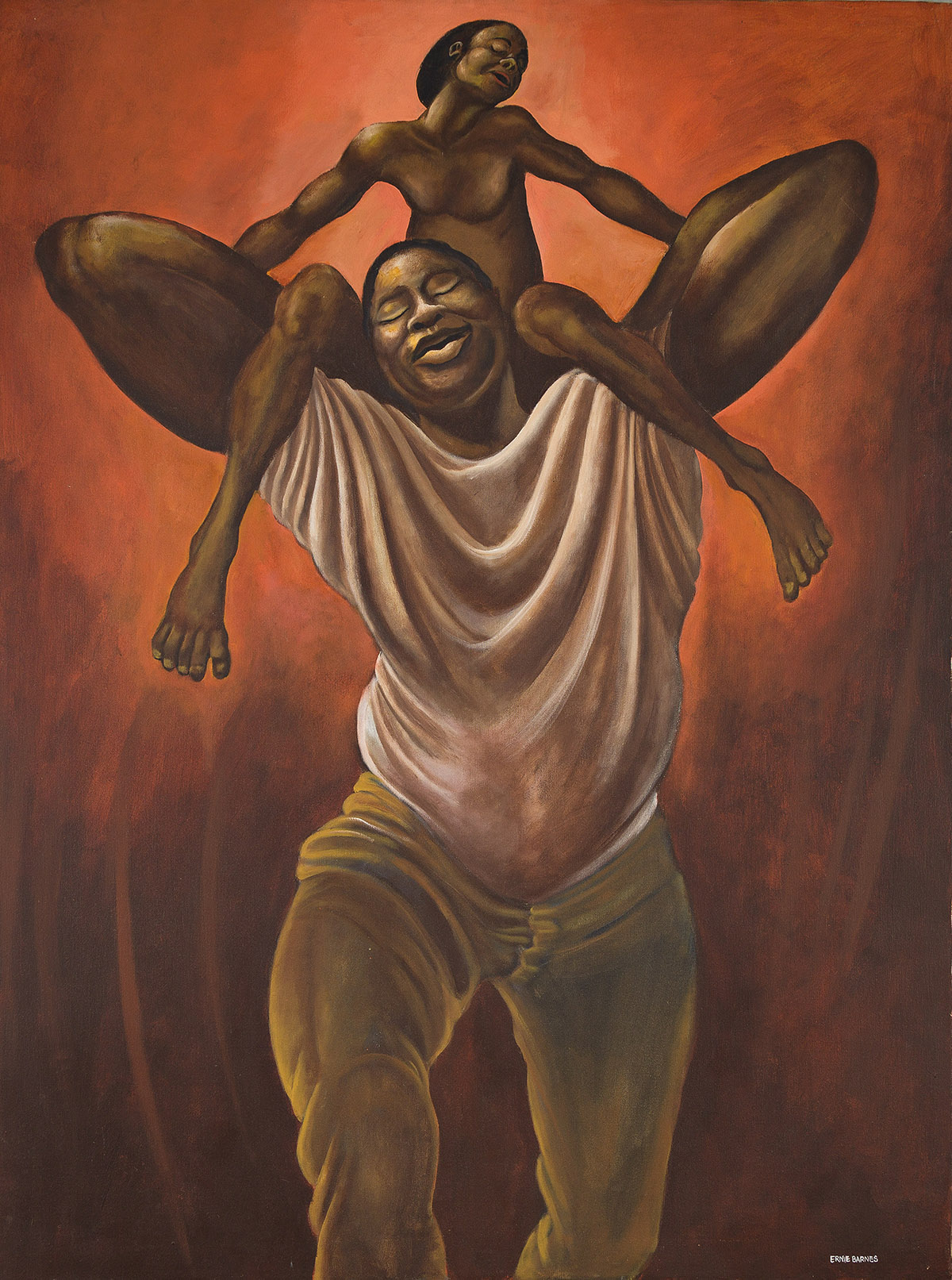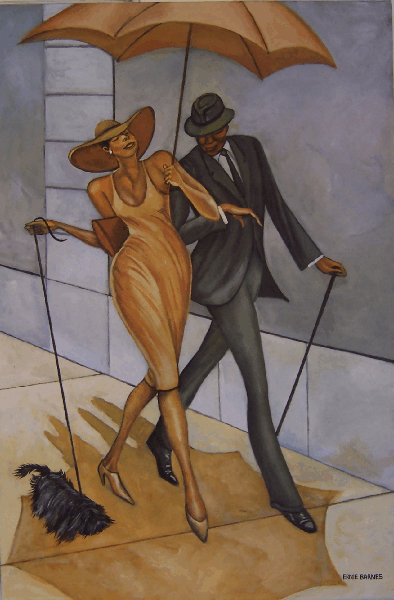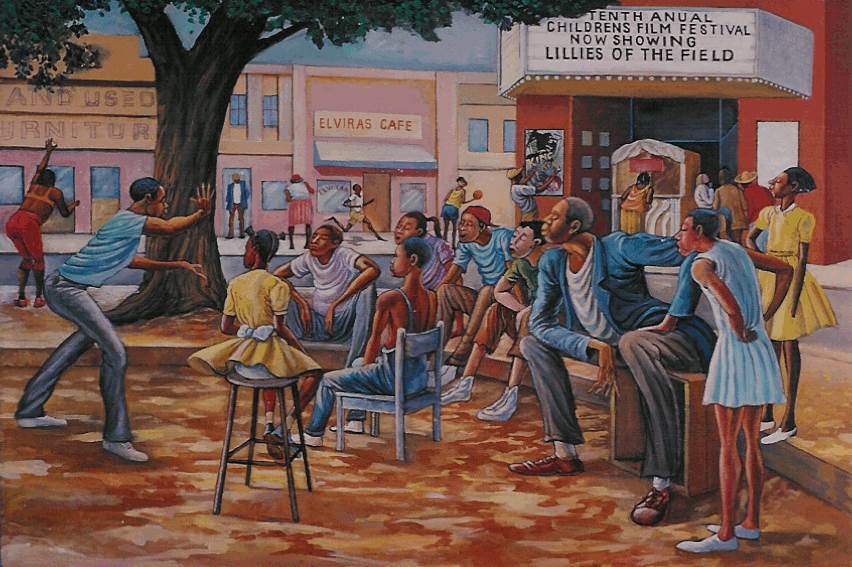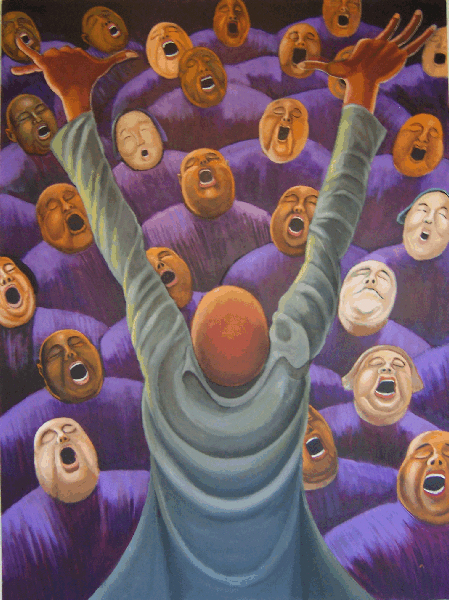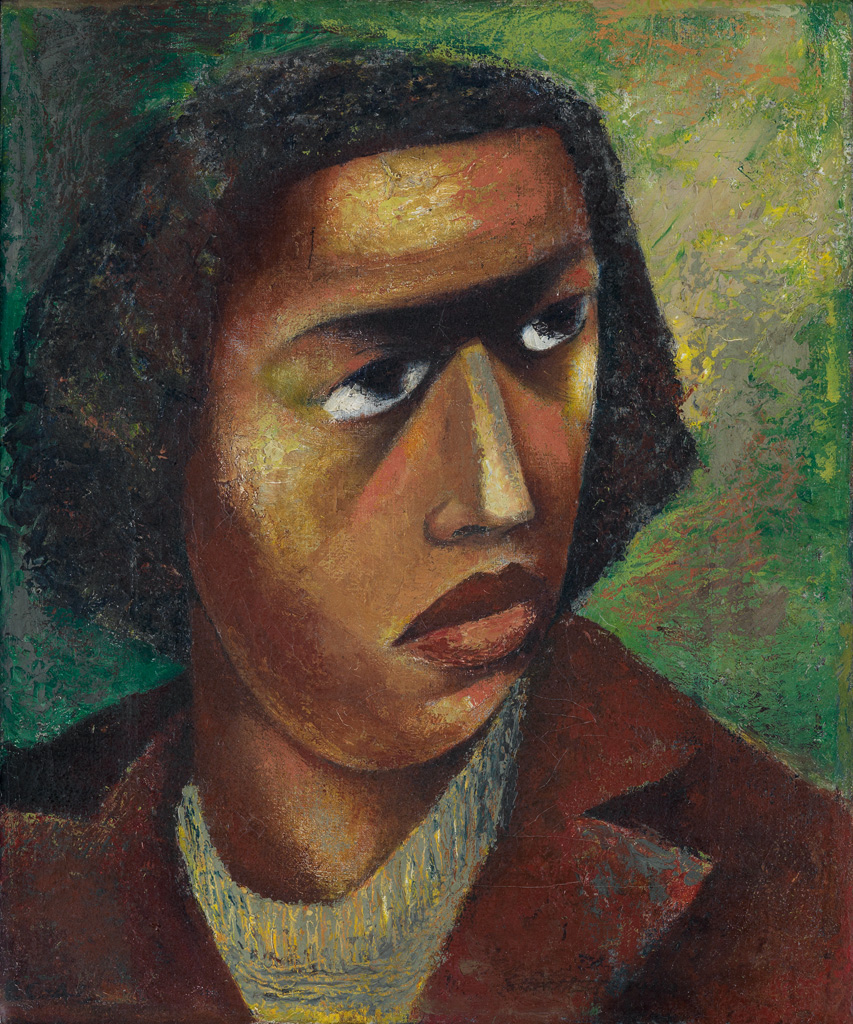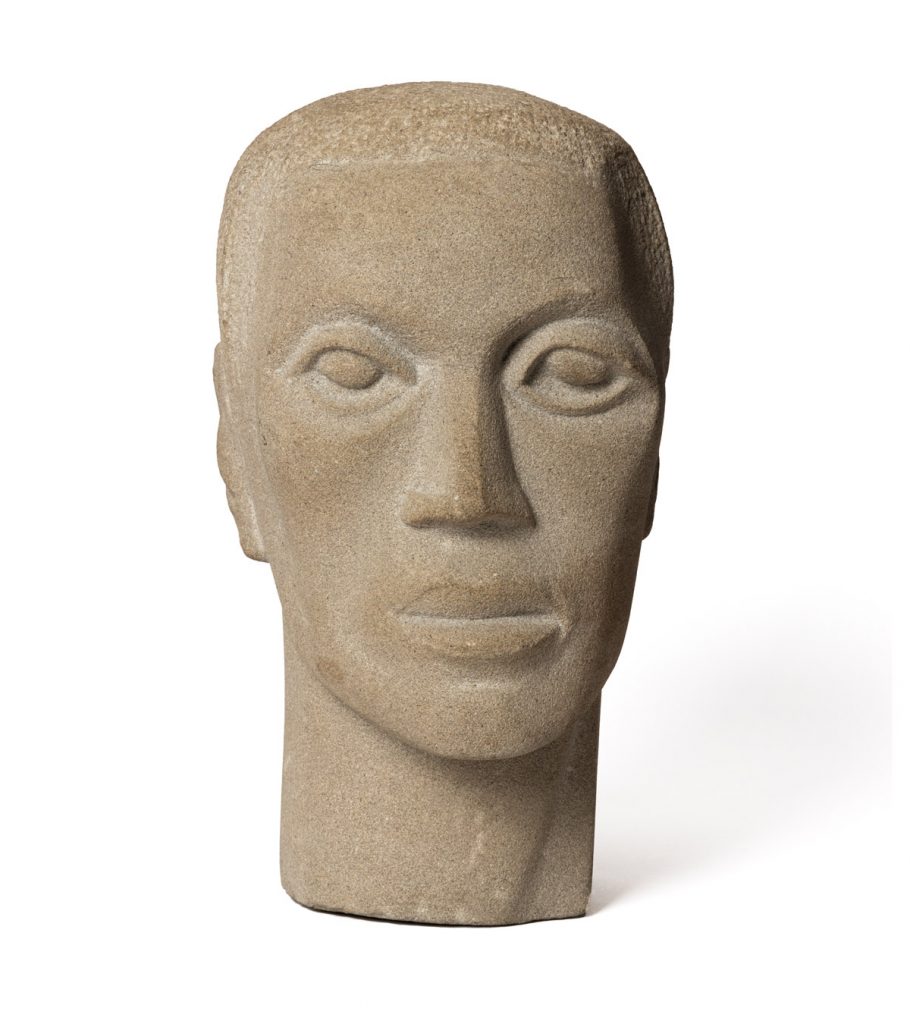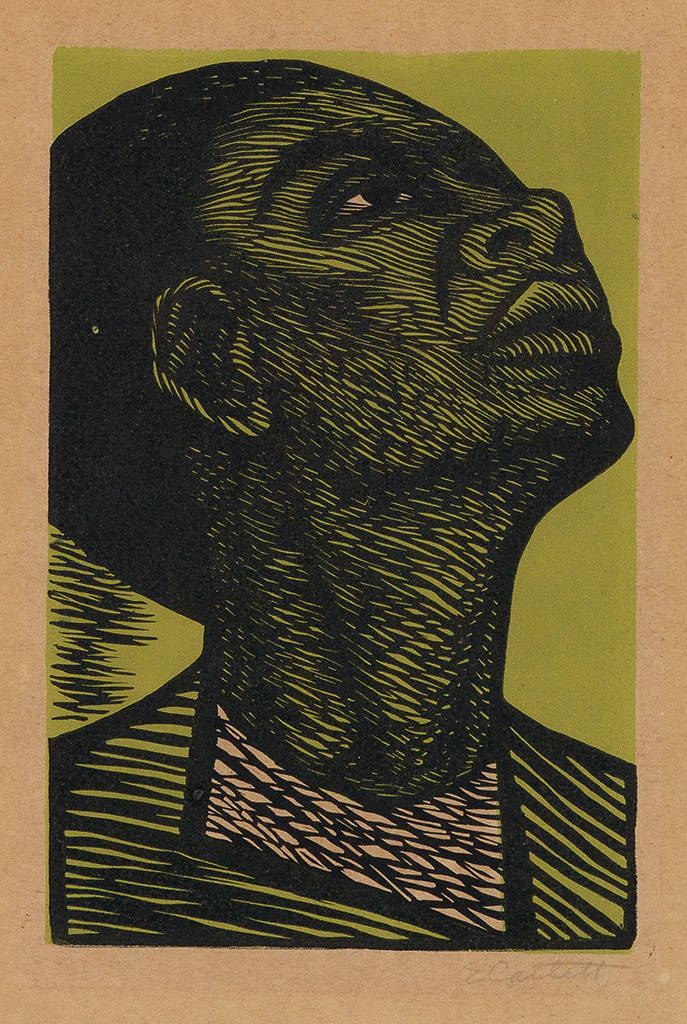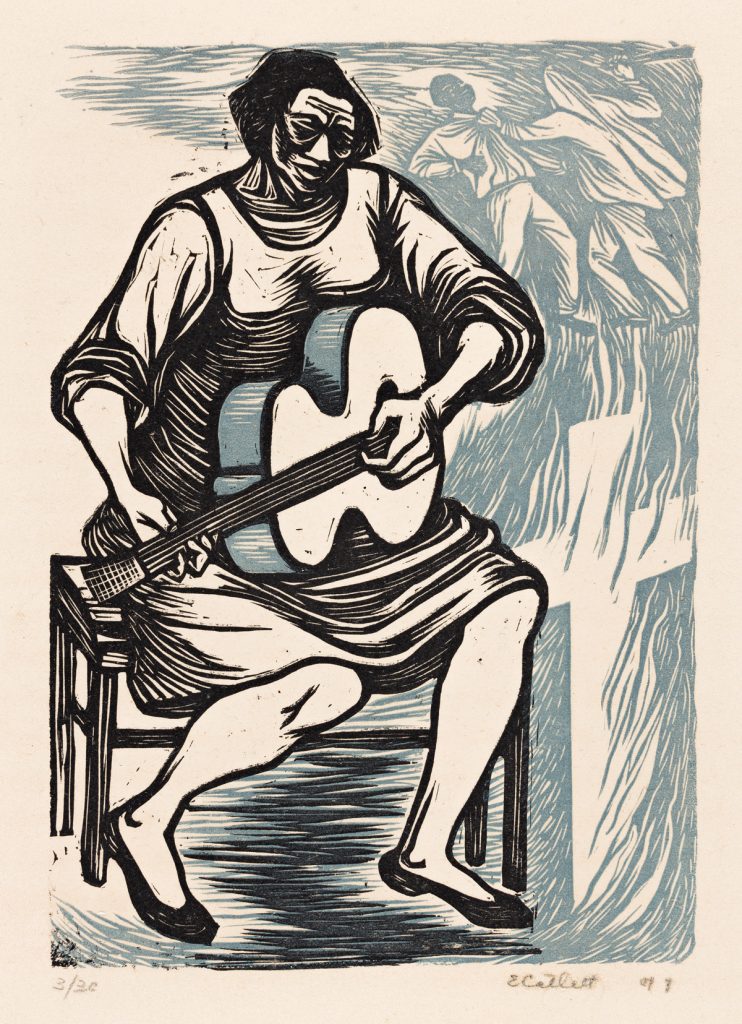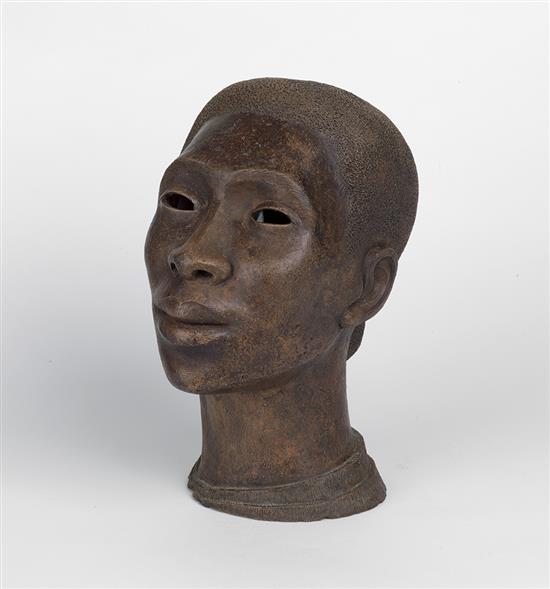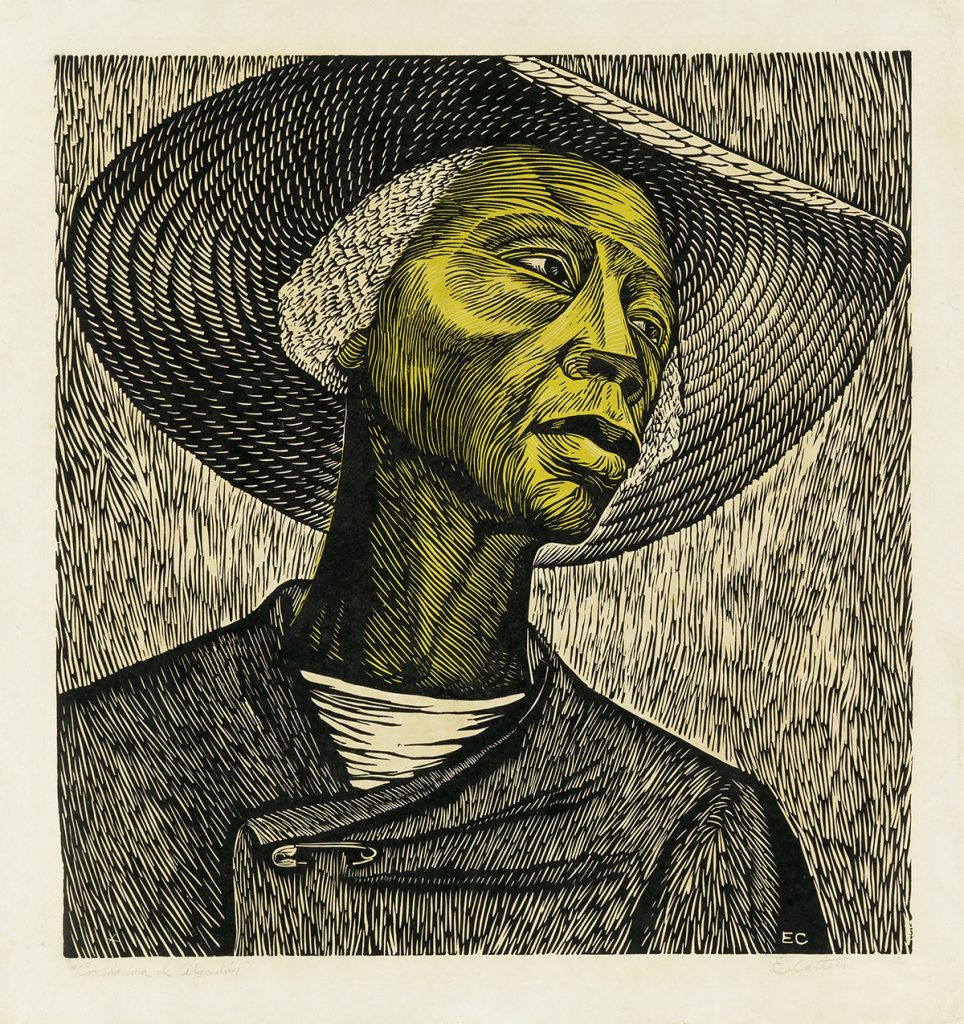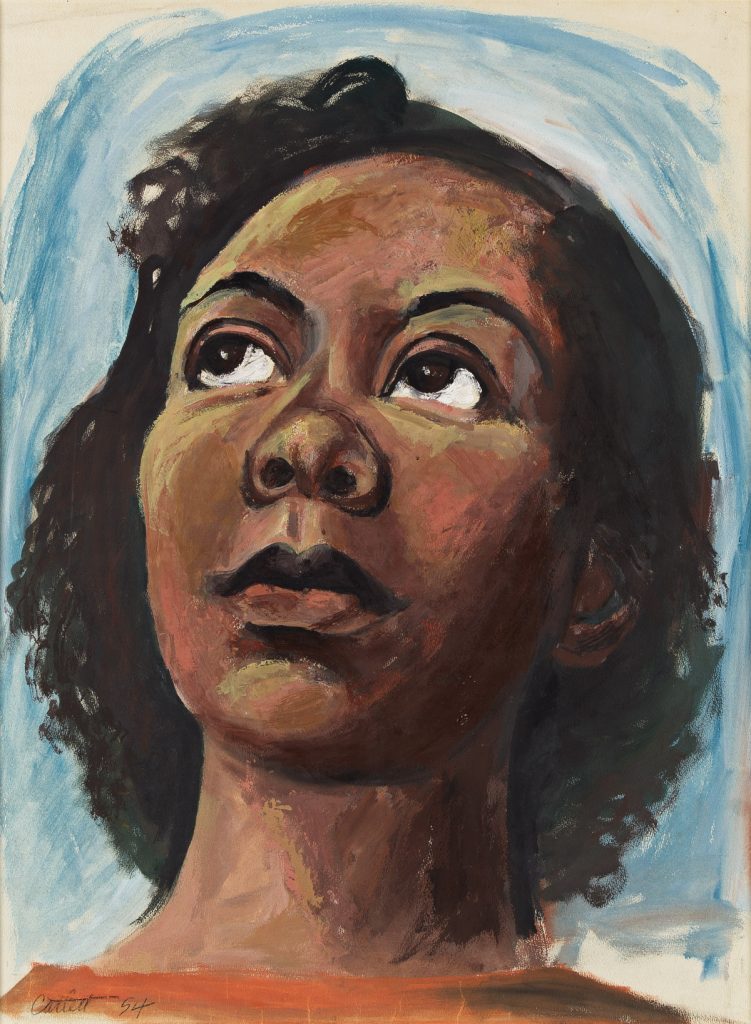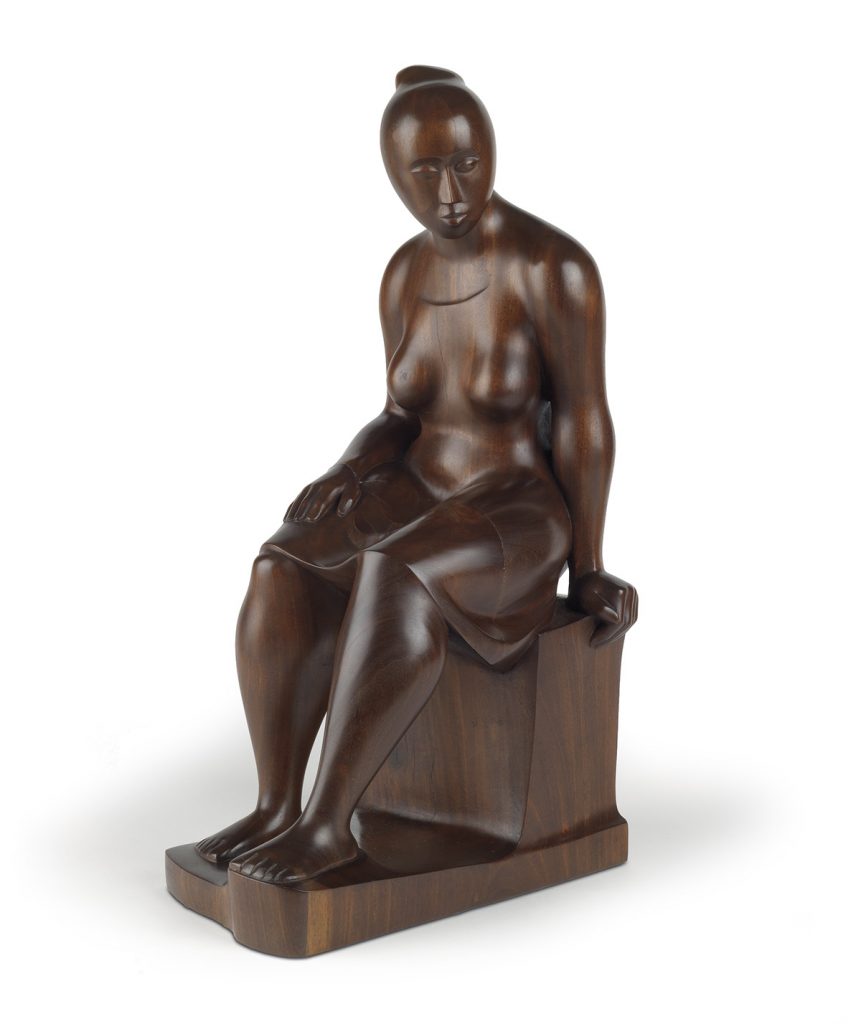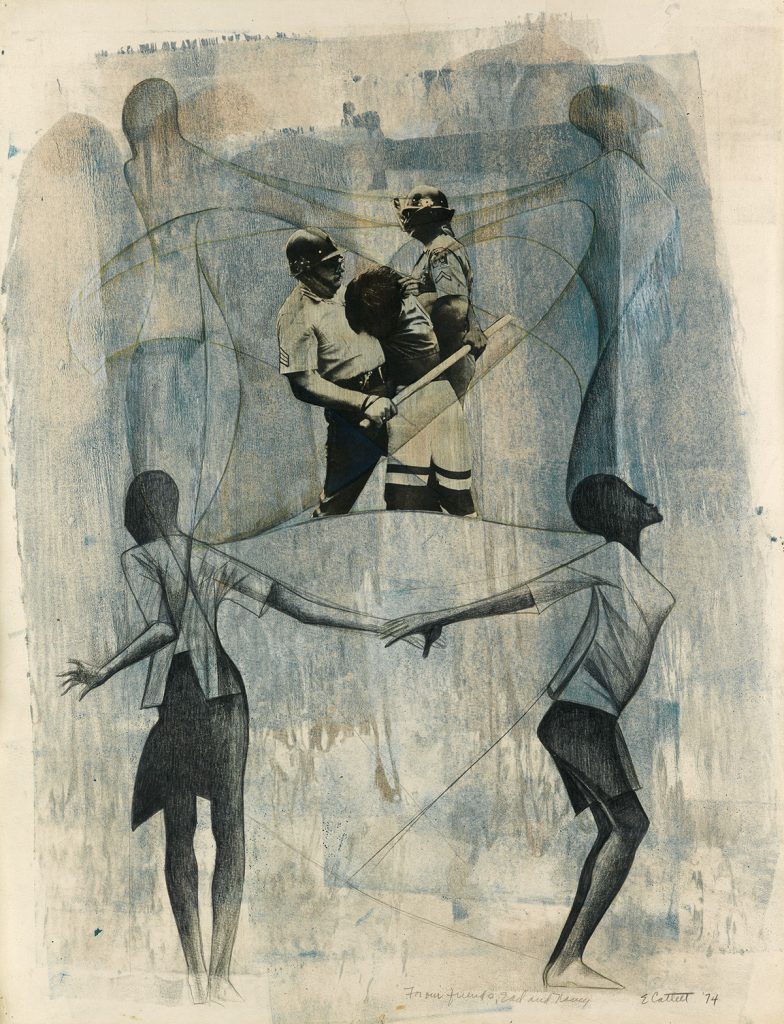Museum of Fine Arts, Boston (MFA)
October 22, 2022–April 9, 2023
San Francisco Museum of Modern Art (SFMOMA),
May 13 through September 10, 2023
In 1966, driven by the desire to expand the possibilities of painting, Frank Bowling (born 1934) ventured to New York City. It was his second move across the Atlantic—he had previously left British Guiana, his birthplace, for London in 1953. Over the next decade, during which New York was his primary residence, Bowling charted a journey of profound artistic discovery and self-determination. Debuting at the Museum of Fine Arts, Boston (MFA), Frank Bowling’s Americas delves for the first time into this pivotal early chapter of the boundary-crossing artist’s career. The exhibition brings together more than 30 of Bowling’s powerful paintings in the country of their making—including monumental, color-soaked canvases and rarely seen examples on loan from private collections. Following its presentation at the MFA from October 22, 2022 through April 9, 2023, Frank Bowling’s Americas will travel to the San Francisco Museum of Modern Art (SFMOMA), where it will be on view from May 13 through September 10, 2023.
Frank Bowling’s Americas is generously supported by the Abrams Foundation, the Carl and Ruth Shapiro Family Foundation, and the Henry and Lois Foster Fund for Contemporary Exhibitions. Additional support from the Robert and Jane Burke Fund for Exhibitions, the Barbara Jane Anderson Fund, The Museum Council Special Exhibition Fund and The Amy and Jonathan Poorvu Fund for the Exhibition of Contemporary Art and Sculpture.
The exhibition is organized at the MFA by Reto Thüring, Beal Family Chair of Contemporary Art; Debra Lennard, Curatorial Assistant, Department of Contemporary Art; and consulting curator Akili Tommasino, Associate Curator, Modern and Contemporary Art at Metropolitan Museum of Art.
"To have an exhibition of this scale in the U.S. after so much time has passed is a real thrill. America gave me the freedom to make the art that I wanted to make and allowed me to forge my own path. It was incredibly liberating. It gives me a kick to see all these paintings together and be reminded of what an exciting place New York was for art and artists in the 1960s and 70s,” said Sir Frank.
In conjunction with Frank Bowling’s Americas, the MFA has launched a yearlong cross-institutional partnership with UMass Boston and Stony Brook University, New York, where in 1969 Bowling organized 5+1. The exhibition presented work by five African American artists with whom Bowling shared an interest in the possibilities of abstraction—Melvin Edwards, Daniel LaRue Johnson, Al Loving, Jack Whitten and William T. Williams—together with work by Bowling himself, the exhibition’s “plus one.” Despite raising still-resonant questions around representation, agency and discriminatory institutional structures, 5+1 remains under-discussed, with few materials available for further research. The MFA’s collaboration with undergraduate students at UMass Boston and doctorate researchers at Stony Brook explores the significance of 5+1 in 1969 and today through a digital project and satellite exhibitions at both universities opening in November 2022.
“The years during which New York was Bowling’s primary residence not only mark a chapter of astonishing innovation in his painting, but also active engagement with the vital debates among Black artists regarding forms their artistic practice should take, and where and how Black artists—long excluded from U.S. museums—should exhibit their work. It is also against this broader historical background that the meaning of Bowling’s work between 1966 and 1975 continues to resonate profoundly today” said Thüring.
Exhibition Overview
Bowling first visited New York City in 1961 and quickly made a habit of returning. Having decided to relocate there from London in 1966, he quickly immersed himself in an art scene centered on abstract expressionism and pop, beginning a dynamic dialogue with the painting he found there and imbuing his works with personal meaning and historical awareness. Working prolifically, he also engaged widely in sociopolitical issues: exhibiting, teaching, writing and contributing to surging debates over Black cultural identity and artistic practice. Honing a firm disregard for limits on his art, he forged new routes into abstraction and a commitment to continued renewal of painting that has continued to inform his work ever since. Exploring this transformative period in Bowling’s career, Frank Bowling’s Americas shows a view of modern art that exceeds narrow boundaries, shaped across continents and over oceans.
The exhibition is organized chronologically, beginning with pieces that anticipate Bowling’s move to the U.S. and his first years spent there. Works created in New York such as Palimpsest I - Mothers House DarkRedGreen (1966, courtesy the artist) are a departure from the figurative paintings he made while studying in London and reflect his movement toward a more abstract visual language that would increasingly become his focus.
In his first months after arriving in New York, Bowling began working with a map motif. At first, he painted land masses onto canvas by hand—most often, continents and countries of the southern hemisphere—but shortly switched to a more mechanical method by spray-painting over stencils made from readily available wall maps and atlases. Working with his canvas laid out on the floor, Bowling brought these spectral map shapes into conversation with fields of stained, splashed, drizzled and poured acrylic paint that take on oceanic qualities beside the land masses. Through 1971, Bowling used this evocative combination in a range of ways, culminating in epically proportioned canvases such as Night Journey (1969–70, The Metropolitan Museum of Art) and Penumbra (1970, Fine Arts Museums of San Francisco), whose surfaces claim for themselves the vast sweep of world maps.
Between 1969 and 1971, Bowling’s paintings shifted fully into abstraction. The expressive force of color was something he had explored for several years, but typically in combination with recognizable images drawn from his personal repertoire, as seen in the painting Mother’s House and Night Storm (1967, Collection of Sheldon Inwentash and Lynn Factor). During this transition, Bowling laid siege to these personal images—a “process of erasure,” as he described. A connection can be made between paintings from this period—such as Doughlah G.E.P. (1968–71, courtesy the artist)—and Bowling’s participation, since late 1968, in debates around the work Black visual artists should make during an especially charged moment in the Black struggle for freedom. Throughout his engagement, Bowling rejected the depiction of explicitly political content, forging instead a path into emphatic abstraction.
Bowling’s arrival in the U.S. during the summer of 1966 intersected with the rise of the Black Power movement. Rallying cries for African American pride—together with economic, political and cultural empowerment—galvanized discussion in creative communities, which Bowling participated in vocally. A section of the exhibition featuring archival materials and Bowling’s own writing outlines his wide-ranging engagements with debates around the shape and definition of Black artistic practice—including his friendships, teaching, participation in museum exhibitions (including Afro-American Artists: New York and Boston at the MFA in 1970) and organization of 5+1. Together, the materials on display illuminate Bowling’s questioning of representation, agency and institutional racial bias—issues that continue today.
The exhibition’s later works include Bowling’s monumental canvases divided into bands of subtly contrasting color. This series as a whole—including Who’s Afraid of Barney Newman (1968, Tate) and Looking at Barney & Mark (1972, Private Collection), which reference Barnett Newman and Mark Rothko—signals a definitive departure from a painting practice rooted in figuration. In the following years, Bowling began searching for ways to further challenge himself, experimenting with a new working method that involved pouring specially prepared, thinned acrylic paint down lengths of canvas. In these works, such as Suncrush (1976) from the MFA’s collection, Bowling made the act of pouring the basis of the whole composition.
Frank Bowling’s Americas ends with two recent works: 4 Bensusi (courtesy the artist) and Looking West Again (The Metropolitan Museum of Art). Both created in 2020, the vibrant and poignant paintings demonstrate how Bowling, now in his 80s, revisits, alters and combines his historical painterly techniques while broaching new conceptual terrain.
Publication
The exhibition is accompanied by Frank Bowling’s Americas: New York, 1966–75, an illustrated catalogue produced by MFA Publications. The book reproduces more than 30 works, accompanied by curatorial essays and scholarly contributions by Reto Thüring, Kobena Mercer, Akili Tommasino, Sarah Roberts and Debra Lennard as well as statements by contemporary artists Firelei Báez, Melvin Edwards, and Julie Mehretu—inviting new ways of understanding the journey of an artist whose work has always remained in motion.






